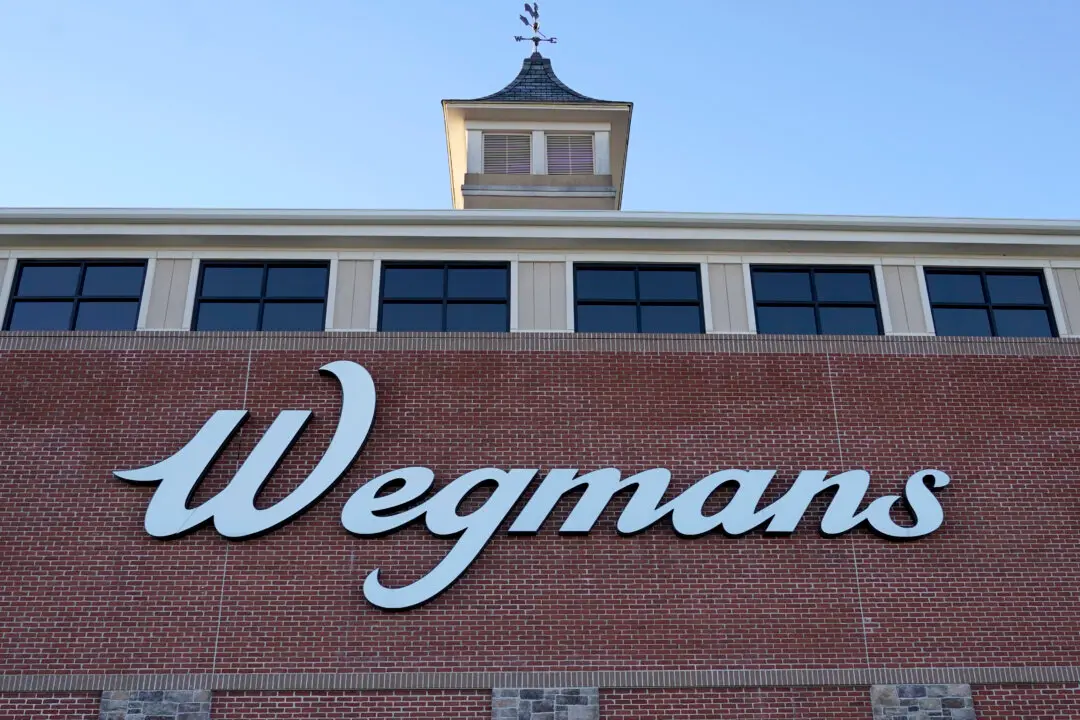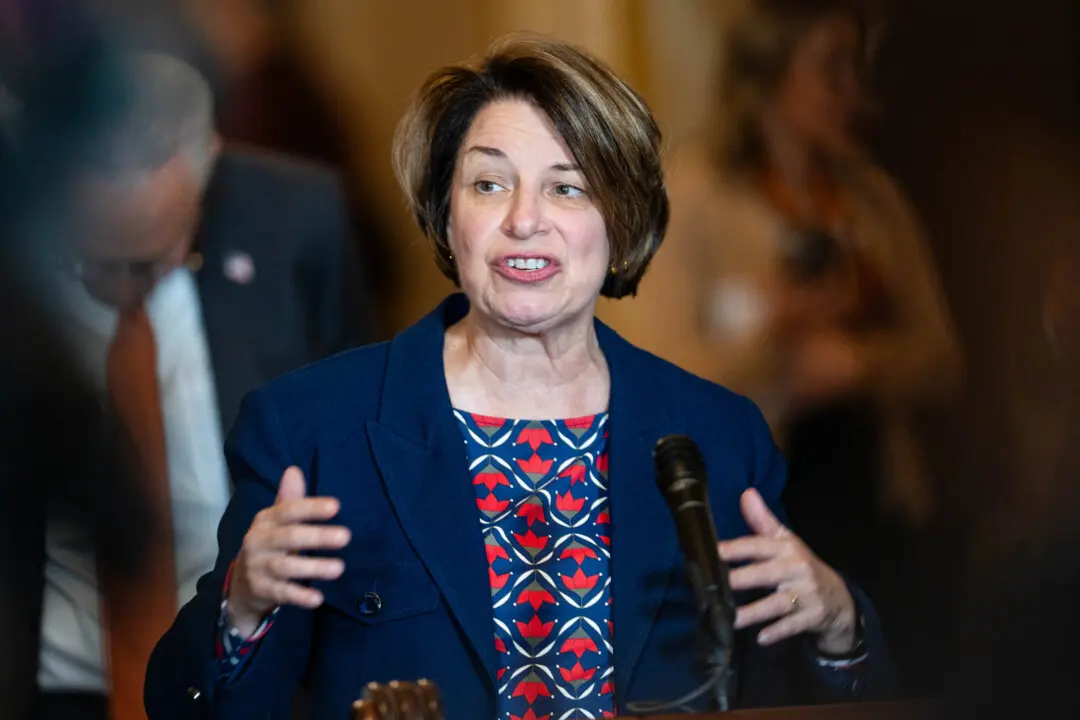U.S. consumer spending and personal income both increased more than expected in September, with higher wages, growth in owner-operated business profits, and remaining pandemic aid contributing to the income boost.
The Commerce Department said in a release Friday that personal consumption expenditures (PCE), a reflection of household spending on goods and services, rose by $201.4 billion in September, or 1.4 percent month-over-month. Economists polled by Reuters predicted consumer spending would rise 1 percent in September.





